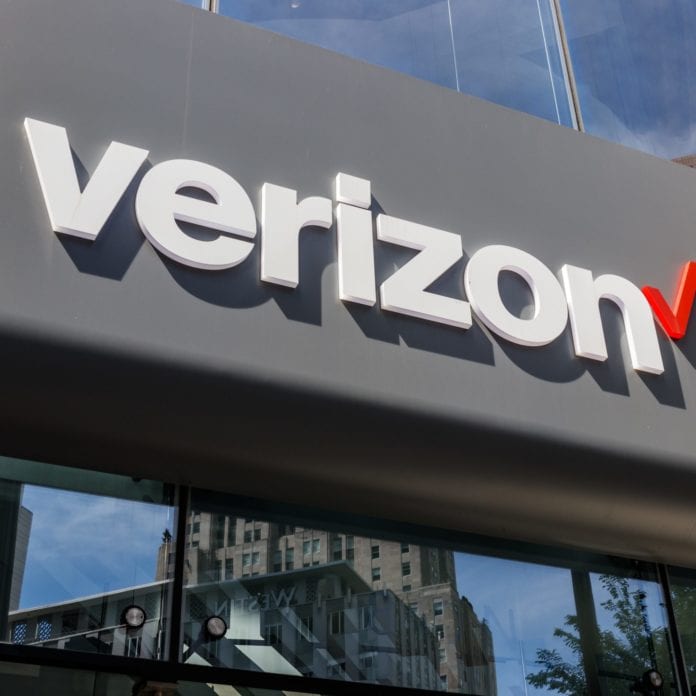Verizon dangles $500 to cover home internet switchers’ termination fees with their current provider
Verizon is activating its 5G mmWave networks in parts of New Orleans, Louisiana; Fresno and Riverside, California, and San Antonio, Texas, to bring its total number of cities with a mmWave 5G presence to 71. Verizon is also expanding its mmWave-based 5G Home internet service to three additional cities — Riverside on April 22, and San Antonio and Memphis, Tennessee on May 6. The carrier is sweetening its Home Internet offering with a new Samsung Chromebook 4 for new customers and starting April 29, will also offer up $500 toward paying early termination fees to would-be switchers’ current internet providers.
Meanwhile, although the first tranche of C Band spectrum won’t be cleared for use until December, Verizon is making good on its plans to deploy C Band-supporting network hardware. The carrier said that it is already working with Ericsson and Samsung to ensure that C Band network equipment will be in place to support Verizon’s goal to cover 100 million customers by March 2022.
“We’re moving fast, with cooperation from our equipment partners, to have everything in place as soon as this C-band spectrum is cleared for use,” said Kyle Malady, Verizon’s CTO. “This is a massive undertaking designed to add this game-changing capability as quickly as possible to the network our customers already rely on for consistent, superior performance when they need it most.”
Verizon is using Ericsson’s Antenna-Integrated Radio (AIR) product with massive Multiple Input Multiple Output advanced beamforming capabilities; the carrier noted that C-band performance tests with the Ericsson equipment have demonstrated record-breaking data rates in both uplink and downlink on a single user device. The carrier is also using massive MIMO radios with advanced beamforming and a fully virtualized RAN (vRAN) solution from Samsung, are among the first solutions the company is providing for Verizon’s C-band commercial network. “By leveraging the two companies’ prior collaboration – on the industry’s first wide-scale commercial vRAN – Samsung’s new C-band Massive MIMO radios can be deployed faster and more efficiently via their software-driven management and commissioning in Verizon’s virtualized network architecture,” Verizon said in a release.
Verizon spent $45.45 billion on C Band airwaves, with clearing costs and incentive payments bringing the total to $52.9 billion. The company’s executive team has made the case that its C Band spending will catapult the company into a period of growth driven by 5G and unlimited plan adoption, disruption of the home broadband market via Fixed Wireless Access deployments and industrial 5G enabled by mobile edge computing — all of those with Verizon’s network as the centerpiece.
Verizon won an average of 161 megahertz of C Band spectrum nationwide, ranging between 140-200 megahertz of spectrum in every market in the contiguous United States, including 60 megahertz of the A-block spectrum which will be the first to be available later this year. The company’s plan is to have ready between 7,000-8,000 sites by the end of 2021, so that they can be turned up as soon as the spectrum is available. Those initial C Band sites will be built on existing Verizon infrastructure, executives have indicated. To expedite C Band deployments, Verizon recently signed infrastructure deals with SBA Communications and Crown Castle. (On the mmWave side, it also recently indicated plans to use signal boosters to expand coverage.)
Verizon plans to cover 100 million potential customers with its C Band network initially, with a ramp-up period in 2022-23 to cover 175 million POPs, and coverage of 250 million+ POPs in the period of 2024 and beyond. Verizon expects to dedicate $10 billion over two years to deploy C Band, in addition to its regular network capital expenditures.

